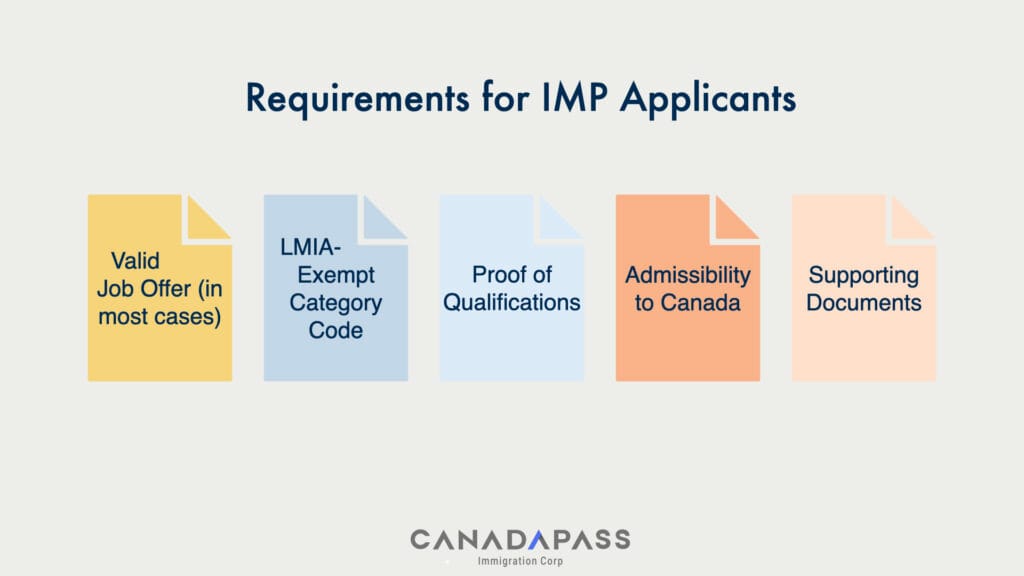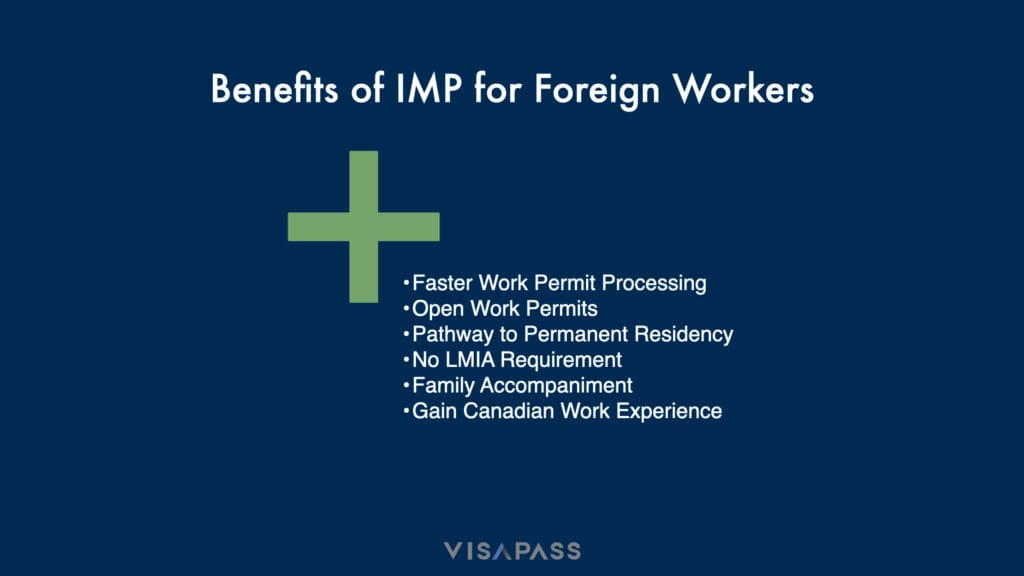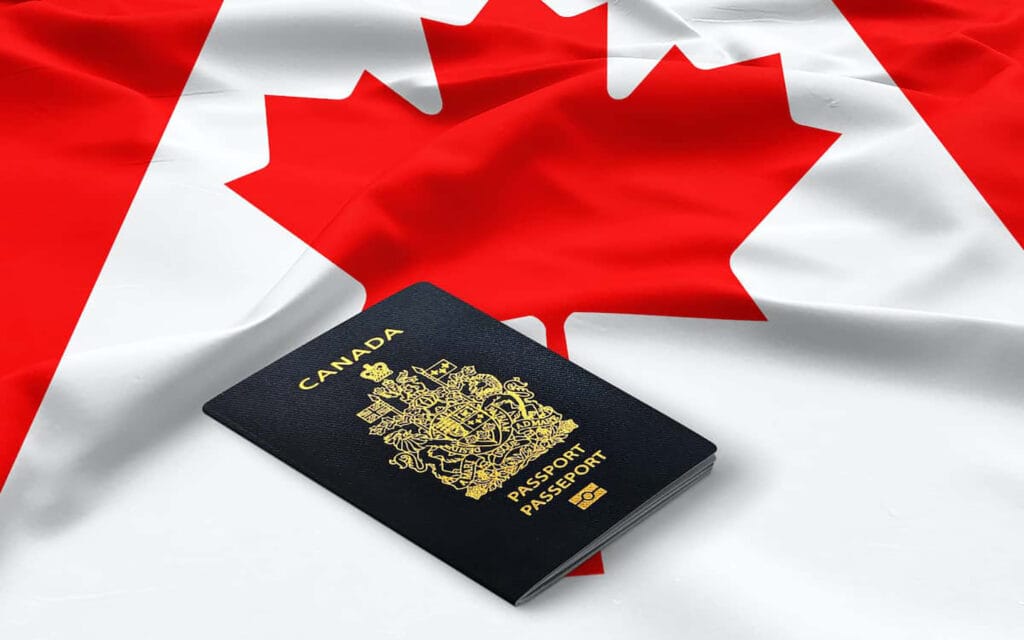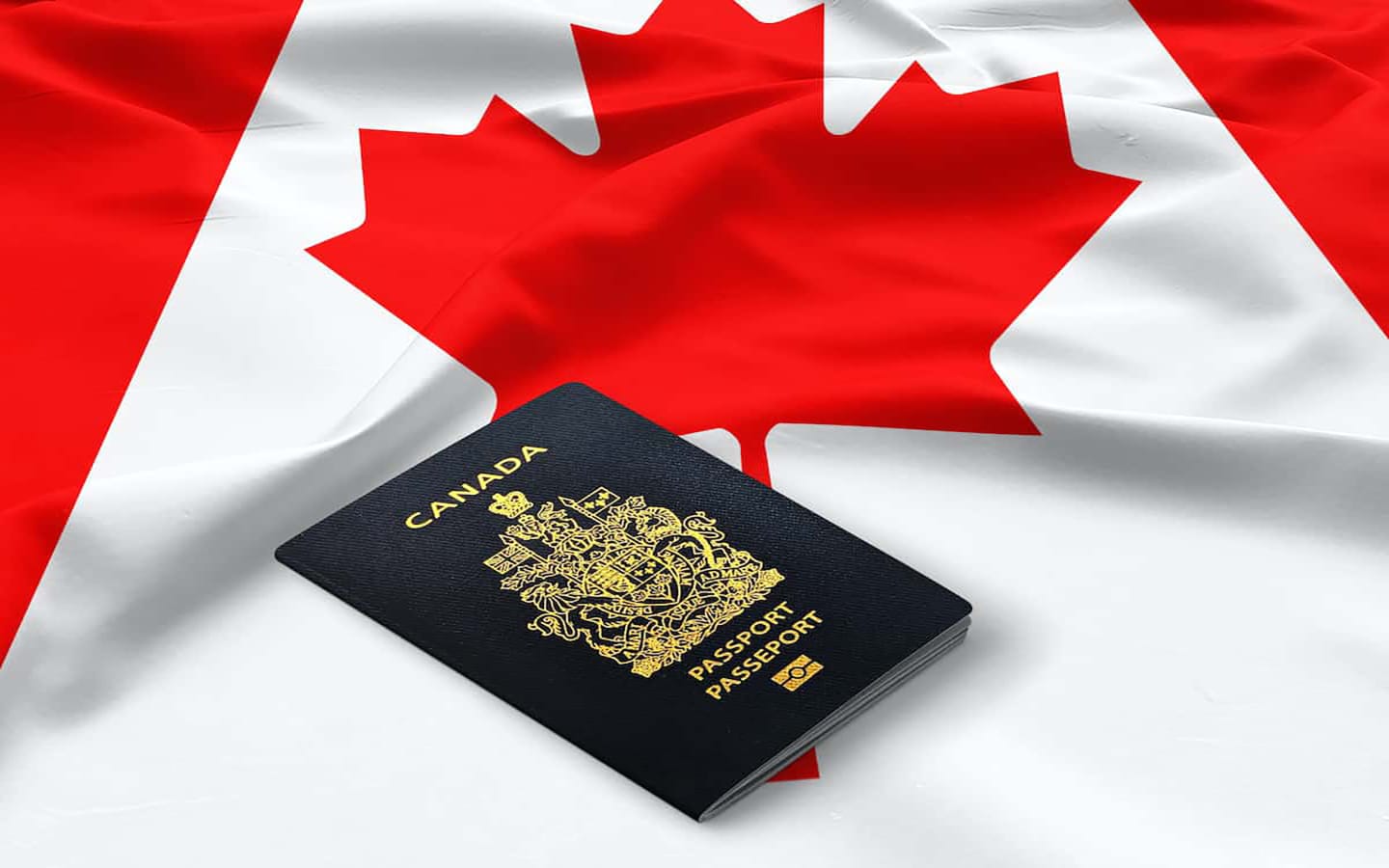Canada’s International Mobility Program (IMP) provides a fast and flexible way for foreign nationals to obtain a Canada work permit without requiring a Labour Market Impact Assessment (LMIA). Whether you are an entrepreneur, a multinational executive, or a skilled professional seeking international experience, the IMP offers excellent opportunities to live and work in Canada.
But who exactly qualifies, and what does it take to get approved? This guide explains who is eligible, what documentation is needed, and how to determine if the IMP is the right fit for your career or business goals in Canada.
What Is the International Mobility Program (IMP)?
Based on latest official updates, the International Mobility Program (IMP) is a Canadian temporary immigration initiative designed to help employers hire foreign workers who can contribute to the country’s economic growth, cultural diversity, and global competitiveness.
Unlike the Temporary Foreign Worker Program (TFWP), the IMP allows employers to bring in international talent without needing a Labour Market Impact Assessment (LMIA), making the hiring process faster and more simplified for eligible applicants.
Canada’s International Commitments and the IMP
Canada’s International Mobility Program (IMP) is an immigration pathway that reflects and supports its international commitments, both formal and informal. Through the IMP, Canada facilitates the entry of foreign nationals to fulfill obligations in trade agreements, international partnerships, diplomatic missions, and reciprocal work programs.
Key International Commitments Influencing the IMP:
- Trade Agreements
- CUSMA (formerly NAFTA): It allows professionals, intra-company transferees, and traders from the U.S. and Mexico to work in Canada.
- CETA (EU-Canada) and CPTPP (Asia-Pacific): They include provisions for the temporary entry of business visitors and service providers.
- Reciprocal Agreements
Programs like International Experience Canada (IEC) allow youth from partner countries to work in Canada while Canadians can have similar positions abroad.
- Diplomatic and Intergovernmental Arrangements:Foreign mission staff, their families, and employees of international organizations benefit from special exemptions under IMP categories, based on Canada’s diplomatic agreements and advantages and immunities commitments.
- Non-Binding International Agreements:Canada also has Memoranda of Understanding (MOUs) and other policy-level arrangements that promote cultural exchange, academic cooperation, and mobility partnerships.
Who Is Eligible for the International Mobility Program?
Eligibility depends on the specific stream, but commonly includes:
1. Free Trade Agreement Workers: Under CUSMA, CETA, CPTPP, etc., professionals, traders, investors, and business visitors can qualify.
2. Intra‑Company Transferees (ICT):Employees transferred within a multinational company (executives, managers, or specialised-skilled workers) without needing an LMIA.
3. International Experience Canada (IEC):Youth aged 18–35 (or up to 30/35) from partner countries can work under the Working Holiday, Young Professionals, or International Co‑op streams.
4. Post‑Graduation Work Permit (PGWP): Recent graduates from eligible Canadian institutions receive open work permits under IMP.
5. Spouse/Common‑Law Partner Open Work Permit (SOWP):Spouses/partners of eligible workers or students can obtain open work permits.
6. Bridging Open Work Permit (BOWP):Applicants, while waiting for permanent residence, can extend their work authorization under the IMP.
7. Significant‑Benefit Workers:Individuals (researchers, performers, entrepreneurs, etc.) whose work offers broad economic, social, or cultural benefits.
8. Francophone Mobility Stream:French-speaking skilled workers outside Quebec can qualify for LMIA-exempt permits to support Canada’s Francophonie goals.
Employer-Specific Roles
Employer submits a Job Offer via the Employer Portal (paying a $230 compliance fee, unless hiring an open-permit holder). The worker applies for a work permit using the offer number. A work permit is issued either at the border (if applying from abroad) or within Canada.
What Are the Requirements for IMP Applicants?
While the exact requirements vary by stream, all IMP applicants must meet some basic eligibility criteria:
1. Valid Job Offer (in most cases)
- A Canadian employer must submit a job offer through the Employer Portal, unless the applicant qualifies for an open work permit.
- The offer must match an LMIA-exempt category.
- The employer must pay the $230 employer compliance fee, unless exempt.
2. LMIA-Exempt Category Code
- The work permit application must include the correct LMIA exemption code, which indicates the stream under which the applicant qualifies (e.g., C61, C62, and C63 for intra-company transferees, C41 and C42 for spouses of skilled workers).
3. Proof of Qualifications
- Depending on the stream, you may need to provide:
- Education credentials (for Post-Graduation Work Permit)
- Employment history (for Intra-Company Transferees)
- Proof of relationship (for spouses applying for an open work permit)
- Evidence of nationality (for free trade agreement eligibility)
- French-language ability (for Francophone Mobility stream)
4. Admissibility to Canada
Applicants must:
- Not having a criminal record or immigration violations
- Be in good health (may require a medical exam)
- Show intent to leave Canada when the permit expires (unless transitioning to PR)
5. Supporting Documents
Common required documents include:
- Passport (valid for the duration of the permit)
- Offer of Employment Number (from Employer Portal)
- Letter of explanation or supporting documents, depending on the stream
- Digital photo
- Biometrics (if required)

Benefits of Meeting IMP Eligibility
Meeting the eligibility requirements of the International Mobility Program (IMP) offers many advantages for both foreign workers and Canadian employers. This program plays a key role in enhancing Canada’s workforce, economy, and international relations.
Benefits for Foreign Workers
1. Faster Work Permit Processing
- IMP streams are exempt from the Labour Market Impact Assessment (LMIA), which means quicker application processing.
- Some eligible applicants benefit from a 2-week processing under Canada’s Global Skills Strategy.
2. Open Work Permits
- Certain IMP categories (e.g., Post-Graduation Work Permit, Spouse of Skilled Worker) allow for open work permits, meaning you can work for any employer in Canada.
3. Pathway to Permanent Residency
IMP work experience often helps workers qualify for permanent residence through programs like:
- Canadian Experience Class (CEC)
- Provincial Nominee Programs (PNPs)
- Express Entry
4. No LMIA Requirement
- LMIA can be a long and complex process. By being LMIA-exempt under IMP, workers can skip this step and avoid associated delays and costs.
5. Family Accompaniment
- Spouses and dependent children can often accompany the worker.
- Spouses may qualify for an open work permit, and children can attend school in most provinces.
6. Gain Canadian Work Experience
- Canadian work experience is highly valued by employers and immigration programs.
- It can improve future employment and immigration opportunities.
Benefits for Canadian Employers
1. Simplified Hiring Process
- Employers can hire international talent without the need for an LMIA, reducing paperwork and costs.
- The Employer Portal facilitates job offer submissions.
2. Access to Global Talent
Employers can fill key roles with skilled international professionals, especially under:
- Intra-Company Transfers
- Trade Agreements (e.g., CUSMA, CETA)
- Significant Benefit Workers
3. Faster Onboarding
- With no need for an LMIA, work permits can be processed faster, allowing new employees to begin work sooner.
4. Support for Economic Growth
- IMP helps businesses grow by addressing immediate talent shortages and increasing innovation and productivity.

Benefits for Canada
1. Promotes Global Cooperation:Canada commits to international treaties and trade agreements by facilitating worker mobility.
2. Strengthens the Labor Market:Attracting skilled international workers helps fill labor gaps in key industries such as technology, healthcare, finance, and construction.
3. Supports French-Language Communities:The Francophone Mobility stream extends Canada’s bilingual character by encouraging French-speaking workers to live and work outside Quebec.
Recent Updates in IMP Eligibility (2025)
Immigration, Refugees and Citizenship Canada (IRCC) has announced significant changes to multiple streams under the International Mobility Program (IMP). These updates impact entrepreneurs, self-employed workers, intra-company transferees, and foreign nationals applying for work permits at the border.
1. C11 Work Permits: Stricter Requirements for Business Owners
The C11 stream, which allows foreign entrepreneurs to apply for LMIA-exempt work permits by demonstrating significant benefit to Canada, now includes tighter rules:
- Minimum 51% ownership in the Canadian business
- 18-month cap on work permits to reinforce temporary intent
- Proof of separate funds for business operations and personal living
- Stronger evidence of economic, social, or cultural benefit, especially in underserved areas
- A clear exit plan is now mandatory
- No eligibility for PR under the Canadian Experience Class (CEC) through self-employment
- Impact: Applicants must show genuine temporary intent and submit thorough documentation. Weak applications risk rejection.
2. Border Applications: New Restrictions in Effect
IRCC has limited who can apply for a work permit at a Canadian port of entry (border).
Ineligible at the Border:
- Post-Graduation Work Permit (PGWP) applicants
- Applicants without completed medical exams
- Those lacking proper documents for immediate processing
Required Now:
- Most applicants must apply online or from within Canada
- Border applications are no longer the default option
- Impact: Employers and applicants must plan and ensure all requirements are met before applying.
3. ICT Stream Updates: CETA and CUKTCA Agreements
New guidance affects Intra-Company Transferees (ICTs) under:
- CETA (EU-Canada agreement)
- CUKTCA (UK-Canada agreement)
Key Changes:
- “Senior” removed from manager role definitions, opening access to mid-level managers
- Clearer criteria for executives, managers, and specialized knowledge positions
- Maximum stay is generally capped at 4.5 years, with reapplication required under a new category
- Stricter compliance focus: Job duties must align with the offer, and companies must prove legitimate relationships
- Impact: Employers must maintain clear, accurate documentation to avoid refusals or audits.
Final Thoughts
The International Mobility Program (IMP) provides access to valuable work opportunities in Canada without the lengthy LMIA process, only if you meet the right criteria and submit a well-prepared, strong application.
If you want to get Canada permanent residency under the the International Mobility Program, take the first step today to find your eligibility through a free CanadaPass assessment form. Our experts provide specific and useful services and consultations to help you achieve a successful immigration journey to Canada.










